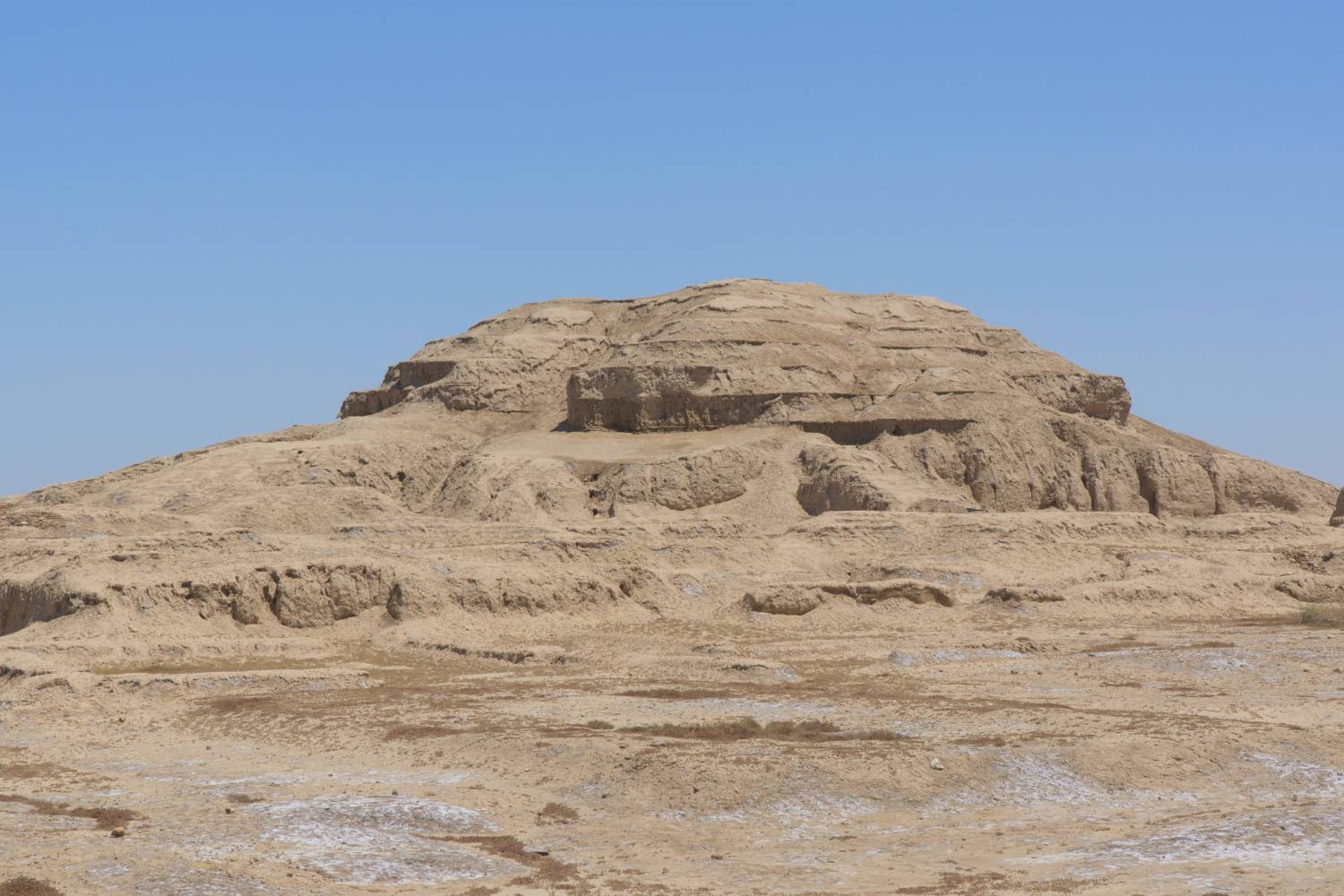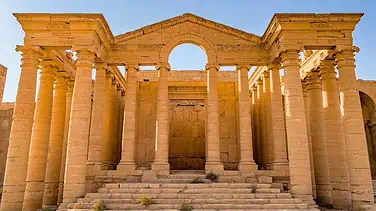Eridu, considered by many to be the oldest city in the world, is located in southern Mesopotamia, near the present-day city of Nasiriyah in Iraq. Founded around 5400 BC, Eridu holds immense historical and cultural significance as a pivotal site in the development of early urban civilization. Revered in Sumerian mythology as the original city and the home of the god Enki (or Ea), Eridu was a vital center of religious and political activity in ancient Mesopotamia.
Highlights
- Temple of Enki: A significant religious site dedicated to the god of water and wisdom.
- Ziggurat of Eridu: One of the earliest examples of Mesopotamian stepped pyramids.
- Ancient City Layout: The ruins provide a glimpse into early urban planning.
- Artifacts: Numerous artifacts discovered here offer insights into the daily life and religious practices of the Sumerians.
Historical Timeline
- circa 5400 BC: Eridu is founded, becoming one of the earliest cities in human history.
- circa 4000 BC: Construction of the first Temple of Enki, marking Eridu as a significant religious center.
- circa 2900 BC: Eridu becomes an influential city-state in Sumerian civilization.
- circa 2350 BC: The city experiences decline due to environmental changes and political shifts.
- circa 2100 BC: The Ur III dynasty attempts to revive Eridu, but the city never regains its former prominence.
- circa 600 BC: Nabonidus, the last king of the Neo-Babylonian Empire, undertakes restoration efforts in Eridu.
- circa 500 BC: Eridu is largely abandoned as the center of Mesopotamian civilization shifts.
- 19th Century AD: Archaeological interest in Eridu grows, leading to significant excavations.
- 1946 AD: Excavations by Fuad Safar uncover important structures and artifacts.
- 21st Century AD: Ongoing archaeological research continues to reveal the complexities of Eridu’s history.
Inhabitants and Rulers
Eridu was primarily inhabited by the Sumerians, one of the earliest known civilizations. The city’s rulers were often high priests or kings who played significant roles in both religious and administrative capacities. Key figures associated with Eridu include:
- Enki (Ea): The god of water, wisdom, and creation, central to Eridu’s religious identity.
- Alulim: According to the Sumerian King List, Alulim was the first king of Eridu and the first king of Sumer.
- Nabonidus: The last king of the Neo-Babylonian Empire, who undertook restoration projects in Eridu.
Architectural and Cultural Sights
1. Temple of Enki
Why Important: The Temple of Enki, dedicated to the god of water and wisdom, is one of the earliest and most significant religious structures in Mesopotamian history. It symbolizes Eridu’s role as a spiritual center and its contributions to Sumerian religious practices.
2. Ziggurat of Eridu
Why Important: The Ziggurat of Eridu is one of the earliest examples of Mesopotamian stepped pyramids. These structures were designed to elevate temples closer to the heavens, reflecting the religious aspirations and architectural innovations of the Sumerians.
3. Ancient City Layout
Why Important: The ruins of Eridu provide invaluable insights into early urban planning, showcasing the layout of one of the world’s first cities. This includes residential areas, public spaces, and religious complexes.
4. Artifacts
Why Important: Artifacts discovered in Eridu, such as pottery, tools, and inscriptions, offer a glimpse into the daily life, economy, and religious practices of its inhabitants. These items help historians and archaeologists understand the development of early urban civilization.
5. Royal Tombs
Why Important: The discovery of royal tombs in Eridu provides evidence of the city’s political significance and the elaborate burial practices of its rulers. These tombs contain valuable artifacts and inscriptions that shed light on the social and religious structures of ancient Mesopotamia.
Geographic Importance
Eridu’s location near the Euphrates River contributed to its early development and sustained its agricultural economy. The river provided water for irrigation, enabling the cultivation of crops in an otherwise arid region. Additionally, Eridu’s position at the crossroads of important trade routes facilitated cultural and economic exchanges with other Mesopotamian cities and beyond.
Conclusion
Eridu, with its profound historical and cultural significance, remains a cornerstone in the study of ancient Mesopotamian civilization. From the revered Temple of Enki to the pioneering urban layout, Eridu’s contributions to human history are invaluable. Exploring the legacy of Eridu provides a deeper understanding of the origins of urban life, religious practices, and architectural advancements in one of the world’s earliest cities. Whether you are a history enthusiast or a curious traveler, the ancient city of Eridu offers a captivating journey into humanity’s past.
Keywords: Ancient city of Eridu, Temple of Enki, Sumerian civilization, Ziggurat of Eridu, Mesopotamian history, Eridu artifacts, Sumerian kings, Eridu geography, early urban planning, Eridu archaeological sites, Iraq historical sites, origins of urban civilization, Eridu religious significance.


